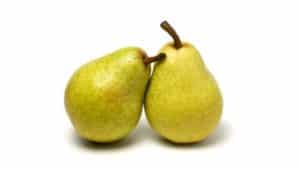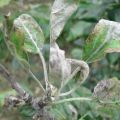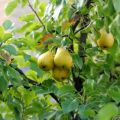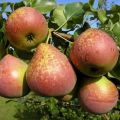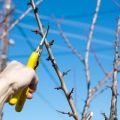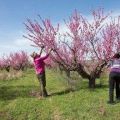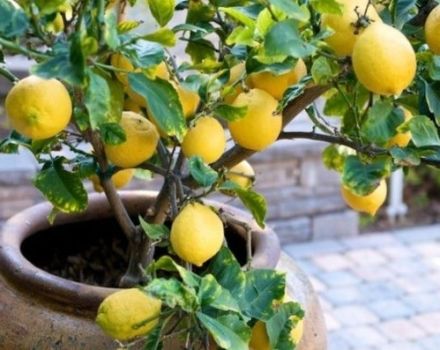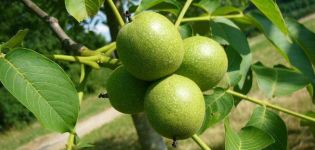When and how to properly prune pears and form a crown for beginners
Some gardeners are perplexed: why waste time pruning pears? The tree bears fruit regularly, and it is a pity to remove the extra branches. If suddenly there is enough excess, then the tree will completely cease to bear fruit and will weaken. But regular pruning is essential. Without it, a cultivated plant cannot produce a good harvest. It is this operation that stimulates the growth of fetuses and lets the sun's rays through the crown. But these actions should be carried out correctly.
Content
- 1 Cutting methods and types
- 2 How do pears respond to pruning?
- 3 Required tools
- 4 When is the best time to prune tree shoots and branches?
- 5 Young pear pruning
- 6 Rejuvenating old pear pruning
- 7 How to properly form the crown of a columnar pear?
- 8 Features of pruning pears in various regions, including Siberia
- 9 Common mistakes
Cutting methods and types
In order to always have a good harvest, it is recommended to carry out sanitary and formative pruning of the pear. Sanitary is done to remove damaged or dried out branches. These parts of the plant are useless and even dangerous for him: pests parasitize them and fungi grow on them. This operation can be carried out at any time of the year.
But a pear needs crown formation. The tree has high vigor. And the gardener should make life easier for himself: limit the size of the tree, thin out its crown for ease of care and collection of fruits. Summer residents are interested in: is it always necessary to cut the lower branches of the tree? This operation is performed to remove old branches or to facilitate maintenance: it should be convenient to move under the tree while weeding or feeding.
How do pears respond to pruning?
The tree will react to the correct pruning by increasing the fruit branches and the size of the fruit. If you shorten the crown, then the plant will redirect energy to the formation of lateral shoots, that is, it will begin to grow in width. It is convenient to look after such a plant.
Removing crown-thickening shoots will evenly illuminate ripening fruits. Their taste will improve (sugar content will increase).
Illiterate pruning will weaken the plant. The tree will strive to restore a too thin crown and will stop forming fruit buds.
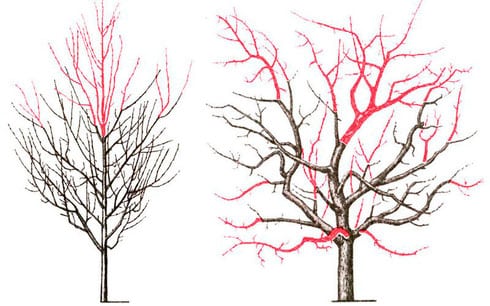
The exception is anti-aging pruning. When it is carried out, the pear is heavily pruned, introduced into a state of stress. An adult plant responds to it with abundant fruiting. But sometimes this event causes the death of a tree.
Required tools
In order to quickly and efficiently carry out pruning, tools should be prepared. You will need:
- secateurs for thin twigs (up to 0.7 mm in diameter);
- hacksaw for removing large shoots;
- lopper for work in hard-to-reach places;
- disinfectant solution (potassium permanganate, boric acid, alcohol) for processing instruments;
- garden var or oil paint (for processing sections with a diameter of more than 0.7 mm);
- a sharp knife (for stripping cuts to avoid hemp formation);
- stepladder (for working with tall trees);
- work gloves.
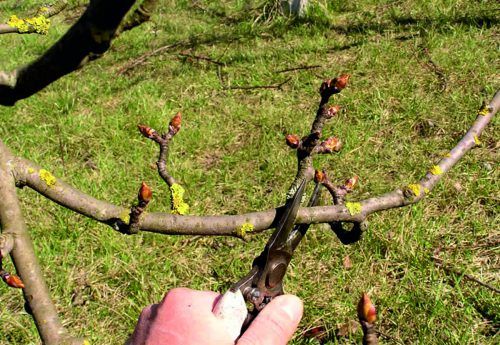
It is important to remember: during pruning, an infection penetrates through the wounds, so the instruments should be decontaminated.
When is the best time to prune tree shoots and branches?
No clear cut dates have been set. Sanitization is carried out at any time. After a strong wind, be sure to remove damaged shoots. For formative pruning, it is required to choose the time when the sap flow has stopped. It is late autumn, winter, early spring.
Spring and summer works
In early spring, it is recommended to cut the tops, which take away the strength from the pear. Before the start of sap flow, you can form a crown. If the branches grow up, then a little processing is carried out in the summer. During ripening and fruiting, you can remove branches that shade pears.
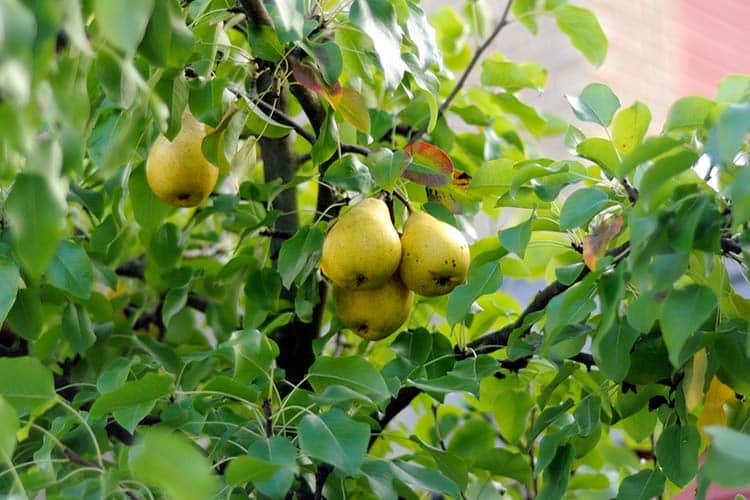
In July, it is recommended to pinch (shorten by 1/3 part) young shoots. This activity will force the pear to redirect its forces to the formation of additional fruit buds, instead of leafy ones.
Autumn pruning of pears
In the fall, the fruits are already harvested, the leaves have fallen, and the sap flow has stopped. It is recommended to carry out the formation of the crown, combined with sanitary pruning (if necessary). It is important to remember: work is done in dry weather, because infection can get into the wounds during rain.
Winter work
Some gardeners prefer to pinch pear crowns in winter. This is due to the availability of free time and the absence of bacterial infections.

But it should be understood that removing frozen wood is dangerous for the tree. And the garden pitch is applied to the cut when heated, and the temperature contrast is undesirable. Winter work with a pear crown is carried out at an air temperature of at least -5 degrees Celsius. And there should be no precipitation at this time.
Young pear pruning
The purpose of the operation is to create a skeleton with which the gardener will later work. It is important for novice summer residents to carry it out correctly, since it will be quite difficult to correct mistakes.
For the first year
When planting a pear seedling should be "treated" with a secateurs. The top needs to be cut by 1/4. This will stimulate the growth of side shoots.

The first pruning involves the removal of the branches adjacent to the top “by the ring”. The lower branches should be left at a height of 50-60 cm from the soil level, the rest should be cut out. It is required to maintain a distance of 10-15 cm between the multidirectional branches.
During the growth process, the pear forms a regular skeleton, which is convenient to work with.
In the second year
In the second year, the formation of a longline crown begins. The formation of the 1st tier of the crown in a two-year-old pear continues according to the same principles:
- shoots adjacent to the top are cut out;
- the top is trimmed by 1/3;
- the lateral processes of the skeletal branches are shortened;
- all shoots growing inside the crown are removed;
- crossing branches are cut.
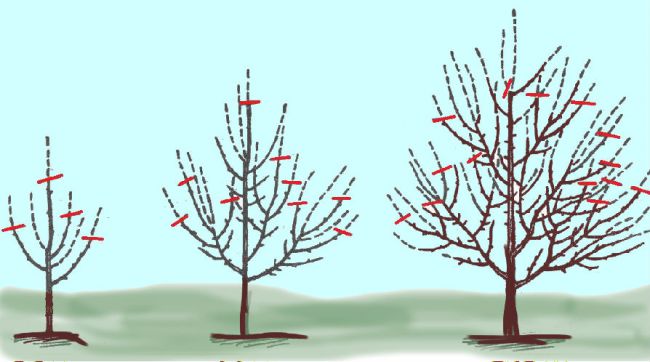
A two-year-old pear is thus prepared for the formation of fruit buds. When planting a tree in shaded areas or limited space in the garden, you can form a palmette: a flat crown. Then the distance between plantings of pear trees can be reduced by 2 times. And the plants will be perfectly illuminated.
3-year-old pear pruning
Immediately after planting, in the first 3 years, crown tiers are formed. But only in the 3rd year can the 2nd tier be laid. It is formed at a distance of 50-60 cm from the skeletal branches of the 1st tier. The principles of creation are the same as for the 1st tier.
Pruning a four-year-old pear
During this period, the gardener finishes forming the 3rd tier of the crown. Skeletal branches of the third tier are 50-60 cm apart from the branches of the second tier. Shoots adjacent to the top are cut out. Crossed and thickening shoots are removed or shortened.
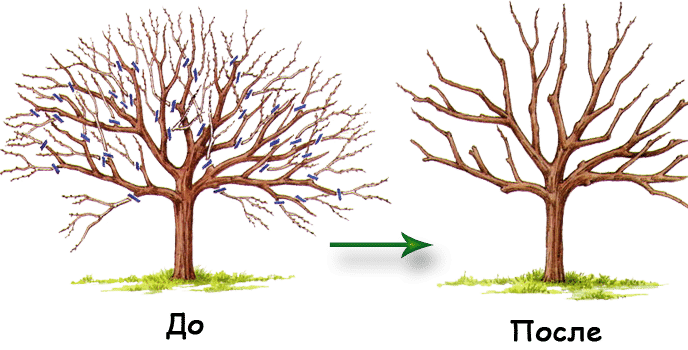
Rejuvenating old pear pruning
Old pears no longer produce abundant crops. But the gardener is not ready to part with them. You can return fruiting if you rejuvenate the tree. Trimming scheme:
- shorten the top;
- remove old, diseased branches;
- thin out the crown;
- remove competing shoots;
- shorten the branching shoots.
This is a pretty tough remedy. But in some cases, the pear begins to bear fruit abundantly.
How to properly form the crown of a columnar pear?
This pear requires regular pruning to maintain its special crown shape. The correct operation is to prevent an excessive number of fruit buds: in the first year, all flowering shoots are removed, in the second, 2-3 are left.
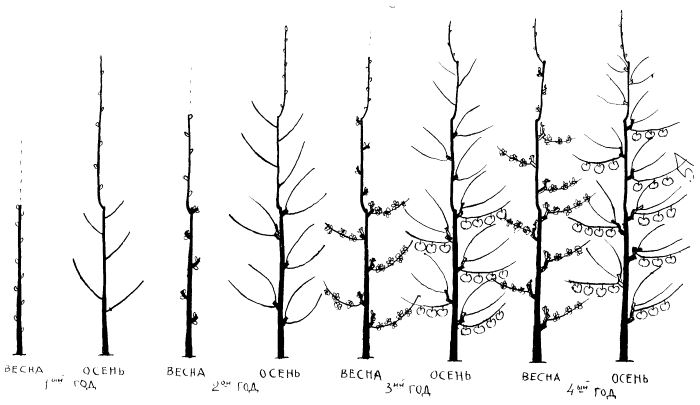
The branches of the columnar tree are shortened to prevent them from expanding in breadth. Those that grow at an obtuse angle to the trunk are cut out. The purpose of the event: maintaining the shape of the crown. Particular attention is paid to the center conductor. The upper kidney is regularly examined for pest or disease damage. When the defeat is established, the shoot is cut out and a new conductor is formed from the replacement shoots.
Features of pruning pears in various regions, including Siberia
The clipping rules for regions are slightly different. Before carrying out the operation, the winter hardiness of the pear should be taken into account. If the tree is prone to freezing, then autumn or winter formative pruning should not be carried out. Siberia has a cold climate with strong winds. And the heat period is short. In a pear, not all shoots ripen, which means that they will certainly freeze out in winter. This will weaken the plant. Immature (light green) shoots must be cut or shortened to mature wood.
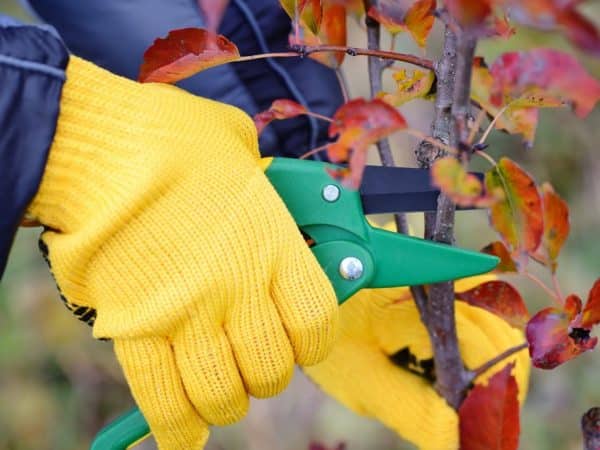
In a region with cold winters, like in Siberia, it is not recommended to do autumn and winter crown formation operations so as not to reduce the winter hardiness of the pear. But sanitary pruning can be done at any time of the year. You should also refrain from anti-aging pruning. Its principle is to stress the old tree in order to make it bear fruit. But with a long cold winter, a pear is unlikely to survive an unfavorable period.
In regions with a warm climate, pruning is done at any time convenient for the gardener (taking into account the timing of sap flow and fruiting).
Common mistakes
An illiterate pruning of a pear can not only delay fruiting for an indefinite time, but also destroy the tree. The most common mistakes gardeners make:
- leave the top uncut (the tree grows tall, it is difficult to care for it, including pruning);
- violate the rules for cutting shoots "on the ring" (a knot is formed, then a hollow, the pear needs treatment);
- carry out the operation in the rain (infection penetrates into the wounds, diseases develop);
- work with a dirty tool (gardeners themselves infect their favorite trees);
- violate the principles of the formation of tiers (this leads to a thickening of the crown and a decrease in yield);
- leave large cuts untreated (the tree cannot quickly heal them, it remains open to infection);
- a too thick layer of garden varnish is applied (under this film, the wood begins to heat up)
Any of these disorders will lead to weakening or disease of the tree. This affects the harvest.

